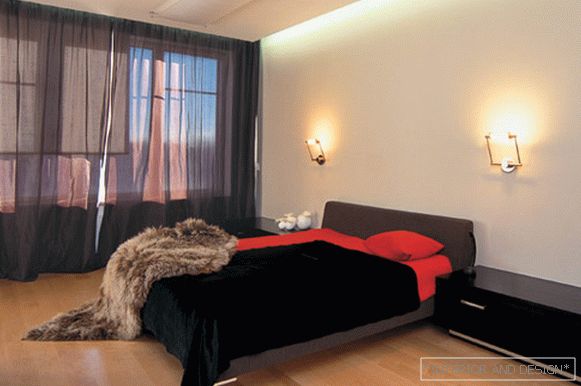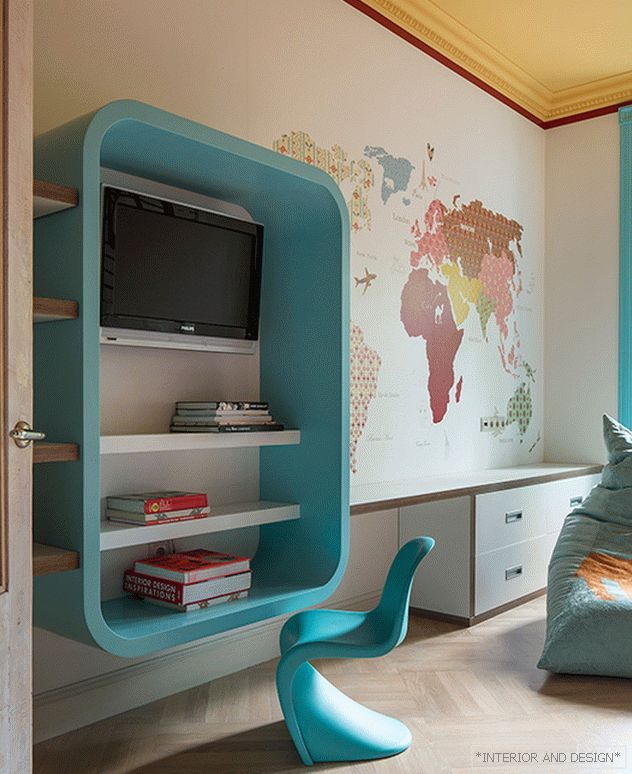Интервью с художником Моникой Риттербанд, создавшей для датской фарфоровой мануфактуры ROYAL COPENHAGEN collection "Music"
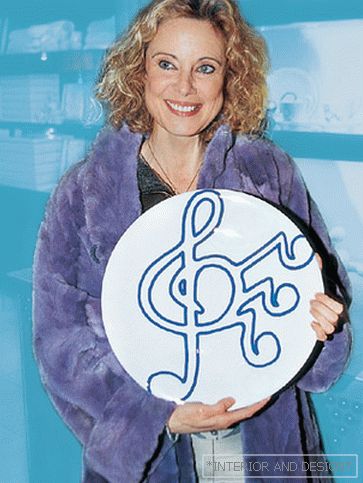

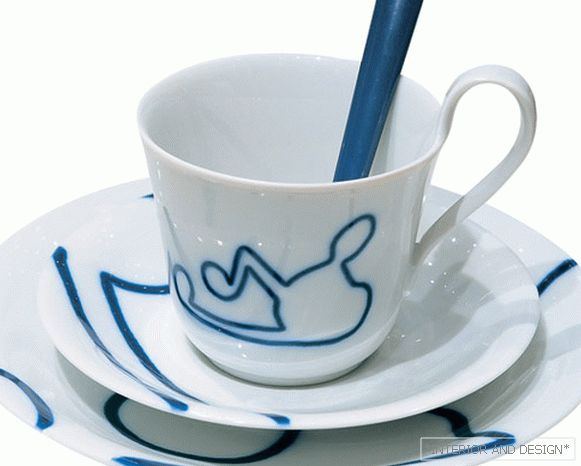
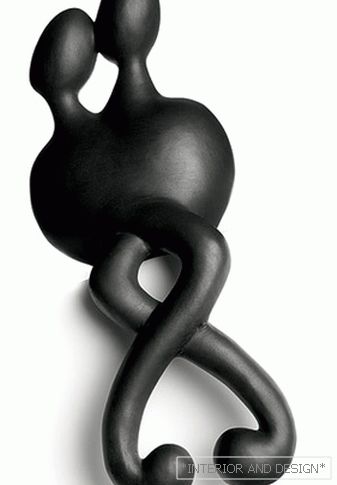
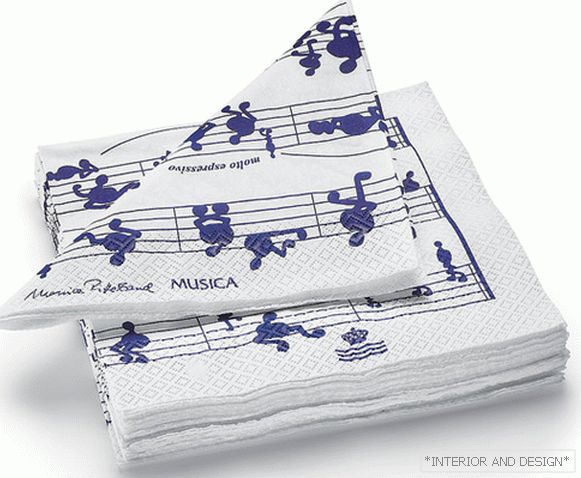
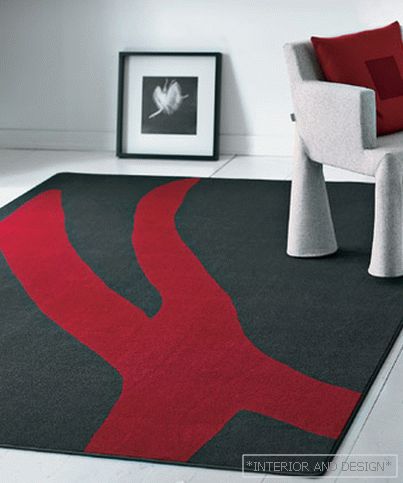
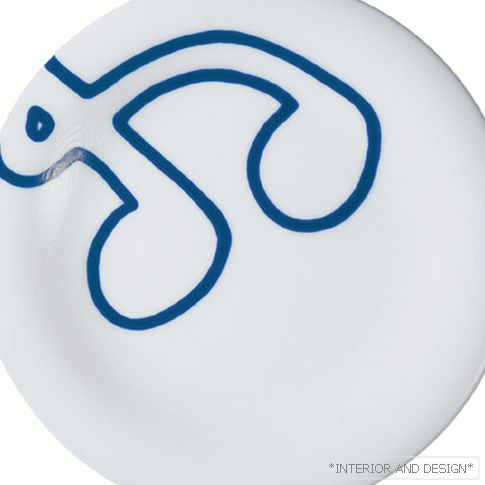
 Passing the gallery
Passing the gallery Interview prepared: Olga Korotkova
Magazine: Decor N4 (104) 2006
We met with Monika at a wonderful time and under no less remarkable circumstances: on Christmas Eve, in the present Danish kingdom, in the center of fabulous Copenhagen. Monica herself is like a fairy from a fairy tale: in a fluffy lilac coat, kind and smiling, talented and intelligent. He loves people (a pleasant rarity in our time), appreciates them for their individuality and originality. And these are not just words: all the works of this amazing artist are a merry declaration of love. To sloths and dreamers, snobs and egoists, in love and forsaken, to fat and thin, cheerful and sad. She sculpts different, different sculptures and offers to give them to people with a suitable "fate" - and thus express her love. After all, happiness - "this is when you understand" and take with all the pies and boots. Monica is a very romantic woman. She does not notice this and hardly considers herself a romantic: she just lives in this way, creates her works in this way and feels the world this way.
SALON: How did you come up with the idea of "Music"?- It's a long story. She comes from childhood itself. My paternal grandfather was a sailor. But not just a sailor, but a fisherman. He was an amazingly musical person, really: he didn’t just love music — he couldn’t live without it. When he repaired the net, he always sang the melodies of his own composition. So we can say he was both a fisherman and a composer. However, he did not know a single note. What would you do in such a situation, when you have a lot of new melodies, and you do not know how to record them? That's right, you would rush to the phone, wake up the best friend in the middle of the night, grumble a melody into his telephone receiver, and a friend would record her notes. Grandfather did that. By the end of his life there was already a bulky notebook with his compositions. I did not know my grandfather, but the notebook reached me. I was amazed how diverse and individual his sketches are, how many characters and how many different moods on these pages stained with notes! And for me, a little girl, musical notes acquired "life", I saw human characters in them ... I began to draw notes, invent their lives ... That's how I used to fantasize - and could not get rid of these children's fantasies. Then my notes lived in the form of small sculptures. I have a whole family of them, and I love all of them very much. Each image is associated with a prototype: for example, Sofa-note is the image of a friend of mine who loves to spend time sitting at the TV. Maybe everyone has such a buddy. There is a “leggy note”, a model note or something, there is a “note-dreamer” ... I thought about how great it was to make such a gift. You give a figure - and tell the story how you see this person. This is a very personal gift. Or, for example, in the family. If the child is lazy, you can tell him about it that way. More figures will help you to have a fun table: they will tell you where to sit ...
S: And how did it happen that your drawings moved to the dishes?
- Absolutely unexpected. There was an exhibition of my works, and a man from the ROYAL COPENHAGEN company approached me, offered to cooperate, made an appointment. I did not believe my happiness! What do you think was then? I was late for this meeting! And did not find this person. She was so nervous, she was in such a hurry, in the end she turned on the autobahn to the wrong place, got lost, started crying even from annoyance at herself. Of course, arrived too late! Returned home in a terrible mood, turn the key and hear a phone call. It was the most beautiful call from those that could be heard at this moment. So I began to work on the collection "Music".
S: Were you not afraid that “Music” would destroy the classic traditions of the brand? After all, royal porcelain is known throughout the world for its traditional ornaments, which are already a good two hundred years ...
- Not at all! "Music" does not destroy, but enriches the history of the brand. When the proposal was made to me, the representatives of the factory meant exactly that. They wanted to bring to the classical repertoire a note of modernity, humor, youth.
S: Where did you learn to draw?
- I always painted as I can remember. There are a lot of artists on my mother's side among my relatives. Mom is a mosaicist, aunt is a sculptor. When I was 12-13 years old, I helped my mother make the background for the mosaic and already knew the technique very well. Later I was engaged in sculpture. Near Copenhagen there is a park that adorn my sculptures. They are so huge, eight meters high! So I have very large sculptures, and very small ones (my board notes). (Laughs)
S: You had no chance not to become an artist!
- Well, no. Mom always wanted me to become a musician. Yes, and I myself was not always going to become just an artist. Besides music and pure art, I was always interested in the Word. And I learned to be a journalist. That is, I was interested in the most important things that a person can express. I worked for many years in publishing houses, on television ... Eight years ago, I left journalism and went completely to art.
S: Where do you come from?
- From Denmark. My mother is from Romania, and my father is from Holland. The most interesting is that his ancestors come from Russia. Once upon a time I was in the USSR, in Leningrad and Moscow. I really liked it.
S: Now everything has changed, you would be amazed ...
- Winter Palace, I think, no. (Laughs)
